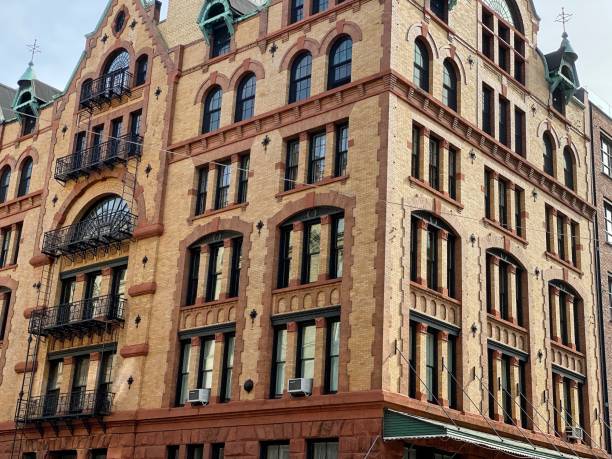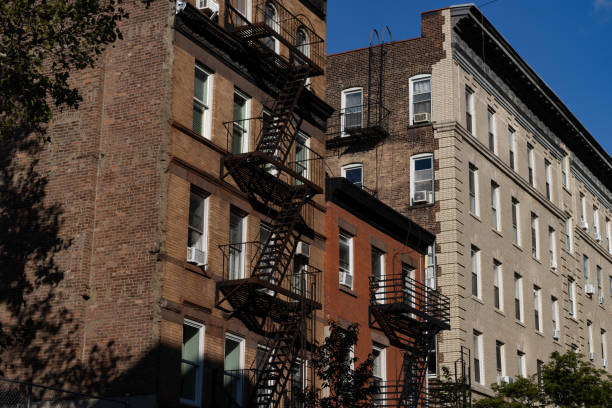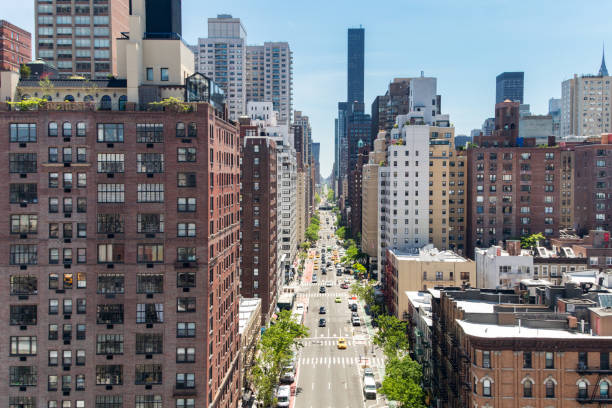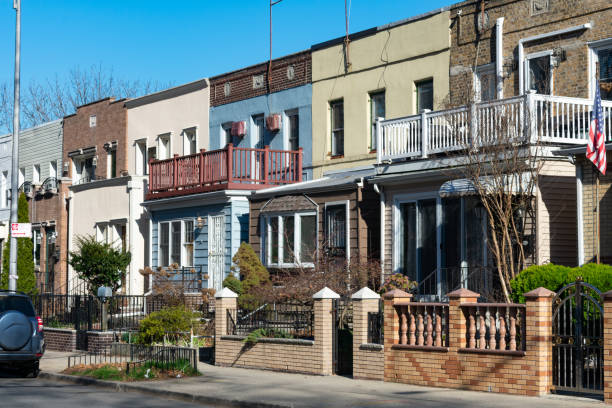With cities across the United States increasingly turning vacant office buildings into residential spaces, the New York metropolitan area has emerged as the nation’s leader in office-to-apartment conversions in 2025, according to a report by the real estate listing site RentCafe.
The New York metropolitan area has 8,310 office units in the pipeline to be converted into apartments in 2025, ranking first in the nation. This represents a 59% jump year-over-year from 5,227 in 2024. Such a significant boost allowed the New York metropolitan area to move ahead of Washington, D.C., for first place. After leading the way with 5,833 office-to-apartment conversions planned in 2024, Washington D.C. was second in 2025, with 6,533.
The large amount of office space within New York City helped play a role in the New York metropolitan area taking the top spot for planned conversions. At 730 million square feet of office space, the city has the largest office market in all of North America. Over 80% of this office space is in the borough of Manhattan alone.
With far more people looking for a place to live in New York City than available units, converting office spaces into living spaces is one way the city is trying to address the need for more housing. One big financial incentive the city is offering for these conversions is that converted buildings with at least 25% affordable apartments can qualify for tax exemptions of up to 90%.
Over 305.4 million square feet of office space in the New York metropolitan area is suitable for conversion into residential space, accounting for nearly 46% of the area’s total office inventory.
One of the bigger conversion projects in the works in New York City is that of the former global headquarters of the pharmaceutical company Pfizer, at 219 E. 42nd St. in Manhattan. Converting the units into residential spaces is expected to create 1,600 rentals. This project is being worked on by Gensler.
There has been significant growth in planned office-to-apartment conversions across the United States in recent years. The number nearly doubled from 2022 to 2023, from 23,100 to 45,200. It has continued to steadily increase over the last two years, rising to 55,300 in 2024 and going up even further to 70,700 in 2025.

Such a significant change highlights shifts in living preferences and work habits. After the COVID-19 pandemic, more people are now working from home, so there is less need for office space.
Repurposing an existing building, known as adaptive reuse, has helped change how numerous urban landscapes look across the country. Adaptive reuse projects increased significantly for buildings constructed between the 1990s and 2010s. Despite the fact that just 1.27% of completed projects utilized these newer buildings, the percentage jumps to 7.03% for future projects, suggesting a growing preference for repurposing newer structures, which usually already meet modern standards and are thus easier to adapt.


































